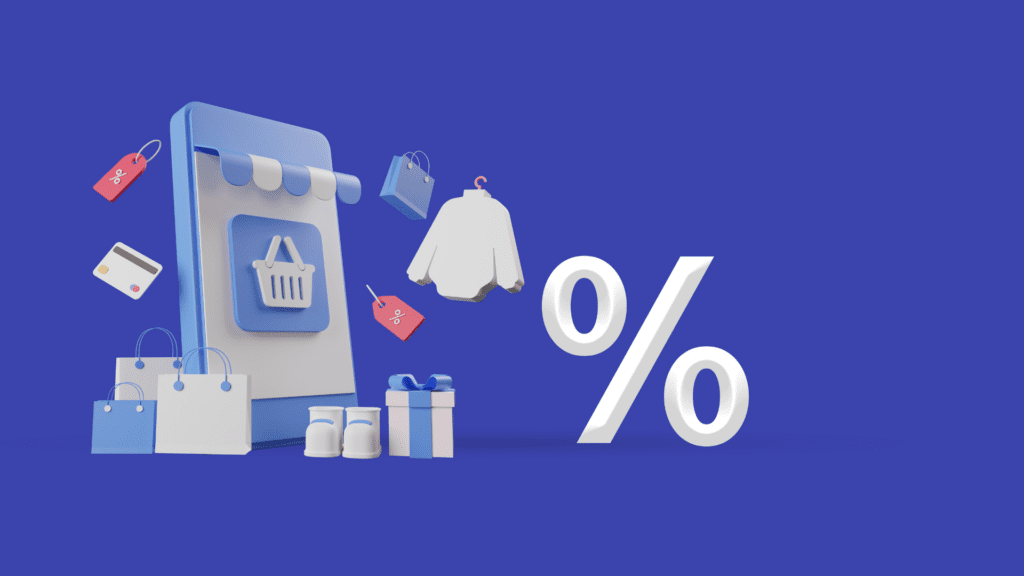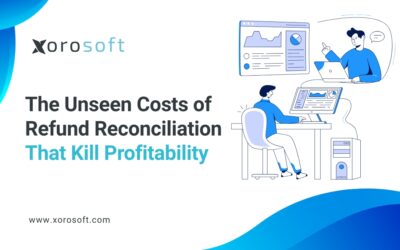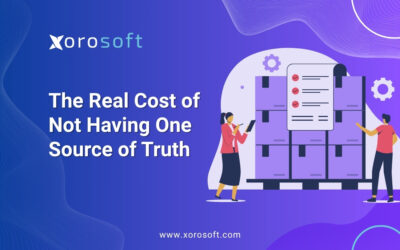
As technology advances and the world of eCommerce continues to grow, many brands are finding it difficult to keep up with the competition. With more and more options available, customers have become savvier when it comes to making purchases. Unfortunately, this means that some eCommerce brands are struggling to keep up with their sales. There are several reasons why this is happening, including a lack of customer engagement, outdated technology, inadequate customer service, and a lack of understanding of the customer’s needs. By understanding the issues and making changes to address them, eCommerce brands can make sure they remain competitive in the market.
Here are the 20 Reasons Your ECommerce Brand is Missing the Mark
Not enough customer service – If an E-commerce brand does not offer enough customer service, customers may not feel comfortable making a purchase. Having a team available to answer questions and help customers can help build trust and encourage customers to make a purchase.
Slow loading times – Customers expect websites to load quickly, and if an E-commerce website is taking too long to load, customers will likely move on to a different website.
Not enough payment options – Customers want to be able to pay for their purchases in the way that is most convenient for them. If an E-commerce brand does not offer enough payment options, customers may be discouraged from making a purchase.
Lack of product descriptions – Potential customers need to be able to trust a brand before they make a purchase, and offering detailed product descriptions can help build that trust. Without product descriptions, customers may be reluctant to purchase something they know nothing about.
Poor website design – Poor website design can make it difficult for customers to find what they’re looking for or understand how to use the website. This can lead to customers feeling frustrated and leaving the website without making a purchase.
Long checkout process – Customers are less likely to complete a purchase if they are met with a long checkout process.
Shipping fees – Many customers are turned off by high shipping fees and choose to shop elsewhere.
Lack of product reviews – Reviews from other customers can help build trust and provide helpful information about the product.
Lack of trust – Without trust in an e-commerce brand, customers are unlikely to make a purchase.
Poor product quality – If customers receive a product that isn’t up to their expectations, they won’t be likely to make a repeat purchase.
No loyalty program – Customers may shop elsewhere if they don’t receive any incentive to stay loyal to the brand.
Poor mobile experience – Customers want to be able to shop on their mobile devices without any trouble. If the experience is poor, they may switch to another website.
Poor inventory management – Without a reliable ERP system like Xorosoft in place, it can be difficult to accurately track and manage inventory. This can result in out of stock products, which can lead to lost sales opportunities.
Difficulty managing customer data – An ERP can help you store, organize and analyze customer data, allowing you to better identify trends and target your sales efforts. Without it, you may be missing out on valuable customer insights.
Slow order fulfillment – ERP systems like Xorosoft help streamline the order fulfillment process, allowing you to quickly and accurately fulfill orders. Without one, you may be struggling to keep up with customer demand.
Reduced efficiency – ERP systems are designed to automate and streamline processes, allowing you to save time and money. Without one, you may be spending too much time and resources on tasks that could be done more efficiently with an ERP.
Lack of competitive pricing – Ecommerce brands that don’t offer competitive prices for their products struggle to generate sales. Ecommerce brands that don’t offer competitive prices for their products often fail to capture the attention of potential customers because they are perceived to be overpriced compared to their competitors. Additionally, these brands may miss out on opportunities to gain customer loyalty, as customers may be more likely to shop elsewhere for the same product at a lower price. In addition, ecommerce brands that don’t offer competitive prices may have difficulty reaching their desired target audience and may lose out on potential sales due to decreased visibility. Finally, when customers do not feel as though they are getting the best value for their money, they may be less likely to purchase from the brand again in the future.
Poor marketing strategies – Ecommerce brands that don’t invest in marketing, SEO, or social media struggle to make money.
Unclear return policies – Unclear return policies are one of the main reasons why customers might leave your website without completing their purchase. Many customers are hesitant to commit to a purchase without knowing what their options are should they decide to return the item. Without clear and simple return policies, customers may not feel confident enough to complete their purchase, leading them to abandon their cart and leave our website. To ensure customers are satisfied with their shopping experience, we need to make sure that your return policies are clearly outlined and easy to understand. This will help customers feel confident and secure in their purchase, leading to fewer abandoned carts and increased customer satisfaction
Unavailable Sizes and Colors – It is very frustrating for customers when they visit your website and find that the size or color they are looking for is unavailable. This often leads to customers leaving the website without making a purchase, which can have a negative impact on your business. To reduce this problem, you should ensure that your stock is regularly updated and that your website accurately reflects what is available. Additionally, if a customer is looking for a size or color that is currently unavailable, you should provide them with information on when it will be back in stock, or suggest alternatives that may be available. Doing this can help to keep customers engaged and ultimately result in more successful sales.
Conclusion
In conclusion, e–commerce businesses have to be aware of the various challenges that can prevent customers from making a purchase. Poor customer service, slow loading times, not enough payment options, lack of product descriptions and reviews, poor website design, long checkout process, shipping fees, lack of trust, poor product quality, no loyalty program, poor mobile experience, not adopting the right ERP system like Xorosoft which can lead to poor inventory management, difficulty managing customer data, slow order fulfillment, reduced efficiency, lack of competitive pricing, poor marketing strategies, unclear return policies, and unavailable sizes and colours can all be potential barriers for customers. To ensure customers have a positive shopping experience and complete their purchase, e–commerce businesses should strive to address each of these issues..









